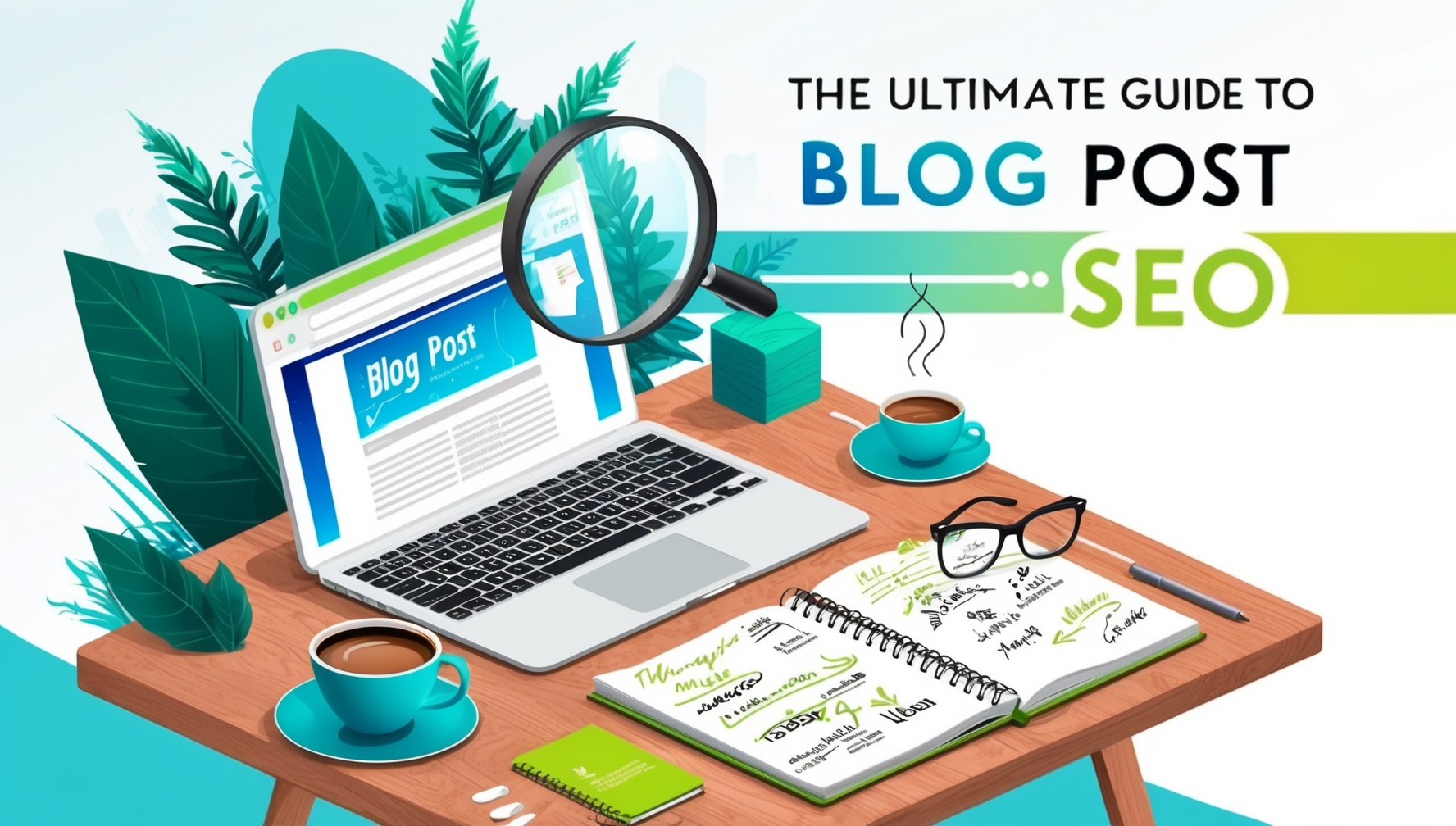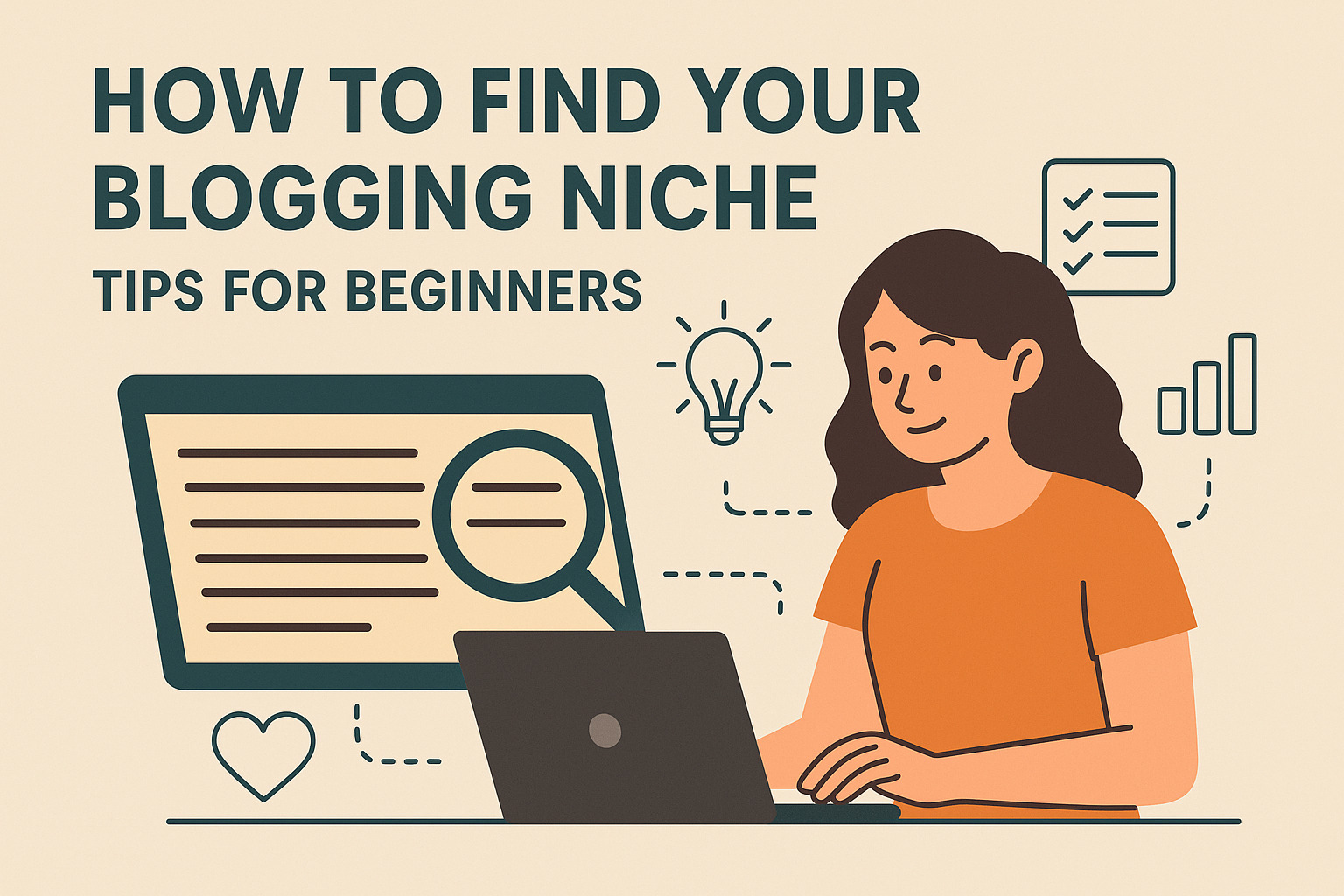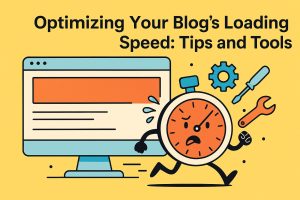The Ultimate Guide to Blog Post SEO
For those wondering how to start a blog, it’s essential to understand SEO (Search Engine Optimization) basics from the beginning. Optimizing your blog posts for search engines is crucial for increasing visibility, driving traffic, and engaging readers. Effective SEO ensures that your content ranks higher in search engine results pages (SERPs), making it easier for potential readers to find your blog. This comprehensive guide will walk you through essential SEO strategies and best practices for optimizing your blog posts.
1. Keyword Research
Keyword research is the foundation of effective SEO. It involves identifying the terms and phrases your target audience is searching for and incorporating them into your blog posts.
Steps:
- Identify Keywords: Use tools like Google Keyword Planner, SEMrush, and Ahrefs to find relevant keywords in your niche.
- Analyze Search Volume: Choose keywords with a balance of high search volume and manageable competition.
- Long-Tail Keywords: Incorporate long-tail keywords (phrases with three or more words) for more specific search queries.
2. Crafting SEO-Friendly Titles
Your blog post title plays a significant role in SEO. It should be compelling, informative, and include your primary keyword.
Tips:
- Include Primary Keyword: Ensure your primary keyword appears in the title.
- Keep it Concise: Aim for a title length of 50-60 characters.
- Make it Engaging: Create a title that grabs attention and encourages clicks.
3. Writing Meta Descriptions
Meta descriptions are brief summaries that appear below the title in search results. They should be informative and include keywords to entice users to click through.
Tips:
- Incorporate Keywords: Include relevant keywords naturally.
- Keep it Under 160 Characters: Write a concise description that highlights the main points of your post.
- Include a Call-to-Action: Encourage readers to click through with phrases like “Learn more” or “Discover.”
4. Optimizing Headers and Subheaders
Headers (H1, H2, H3, etc.) help structure your content and make it easier for both readers and search engines to understand.
Tips:
- Use H1 for Title: Ensure your primary keyword is included in the H1 tag.
- Utilize H2 and H3 Tags: Use H2 and H3 tags for subheaders and organize your content logically.
- Incorporate Keywords: Include keywords in subheaders where relevant.
5. Crafting High-Quality Content
Understanding how to write engaging blog content is key to attracting and retaining readers. Content quality is paramount for SEO. High-quality, relevant content engages readers and earns links from other websites.
Tips:
- Provide Value: Write content that answers readers’ questions and solves their problems.
- Include Keywords Naturally: Integrate keywords without overstuffing.
- Use Multimedia: Enhance your post with images, videos, and infographics to increase engagement.
6. Internal and External Linking
Linking to other pages within your blog (internal links) and to authoritative external sources (external links) can boost SEO and provide additional value to readers.
Tips:
- Internal Links: Link to relevant posts or pages within your blog to keep readers engaged and distribute link equity.
- External Links: Cite reputable sources to enhance credibility and provide additional resources for readers.
- Use Descriptive Anchor Text: Use keyword-rich anchor text for both internal and external links.
7. Optimizing Images
Optimizing images improves page load times and provides additional SEO benefits.
Tips:
- Use Descriptive File Names: Name your image files with relevant keywords.
- Add Alt Text: Include descriptive alt text with keywords for each image.
- Compress Images: Use tools like TinyPNG or ImageOptim to reduce file size without sacrificing quality.
8. Improving Page Load Speed
Page load speed is a critical factor for user experience and SEO.
Tips:
- Optimize Images: Compress and resize images to reduce load times.
- Minimize HTTP Requests: Limit the number of elements on your page.
- Use Caching: Implement browser caching and a content delivery network (CDN) to improve speed.
9. Mobile Optimization
Ensuring your blog is mobile-friendly is essential, as more users access content via mobile devices.
Tips:
- Responsive Design: Use a responsive design that adjusts to various screen sizes.
- Check Mobile Usability: Use tools like Google’s Mobile-Friendly Test to ensure your blog performs well on mobile devices.
10. Monitoring and Analyzing SEO Performance
Regularly monitoring and analyzing your blog’s SEO performance helps you understand what’s working and identify areas for improvement.
Tips:
- Use Google Analytics: Track metrics like traffic sources, bounce rates, and user behavior.
- Monitor Keyword Rankings: Use tools like SEMrush or Ahrefs to track your keyword rankings and adjust your strategy accordingly.
- Review Google Search Console: Check for indexing issues, search queries, and other performance data.
Conclusion
Implementing these SEO best practices will help you create blog posts that are more likely to rank well in search engine results and attract a larger audience. By focusing on keyword research, content quality, and technical SEO aspects, you can improve your blog’s visibility and engage readers effectively.














Post Comment